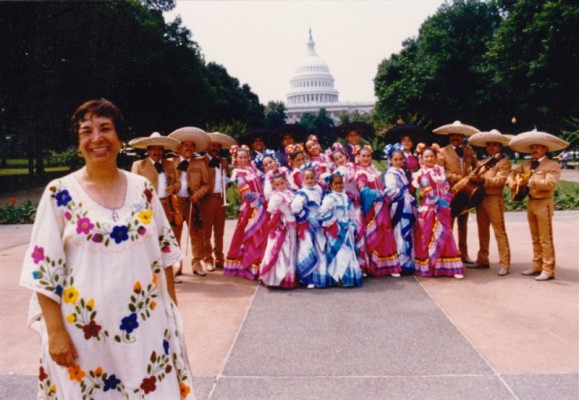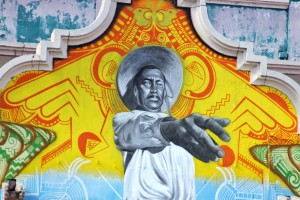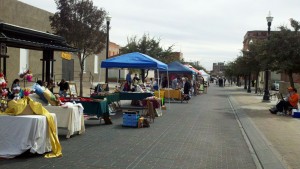At 80, El Paso folklorico pioneer Rosa Guerrero still lets faith guide her steps
|
EL PASO – Dressed in a bright orange jacket adorned with a necklace and a crucifix pendant, Rosa Guerrero flashes a warm smile, projecting the trademark youthful spirit and upbeat stamina that belie her approaching 80th birthday. “Age is just a matter of the mind,” Guerrero said as she sipped her cranberry and orange juice drink, a mix she concocted herself. “If you don’t mind, then it doesn’t matter.”
Guerrero’s long resume in the professional dance world has not weighed her down. An avid dancer in all types of genres, a dance teacher of students that range in age from two-year- olds to 100-year-olds, and an ambassador for Mexican folkloric dance, her love for dance is evident in the rhythm of her hand gestures and expressive nature. “I started dancing in my mother’s womb,” Guerrero exclaimed as she sculpted a simple dance move with her hands.


